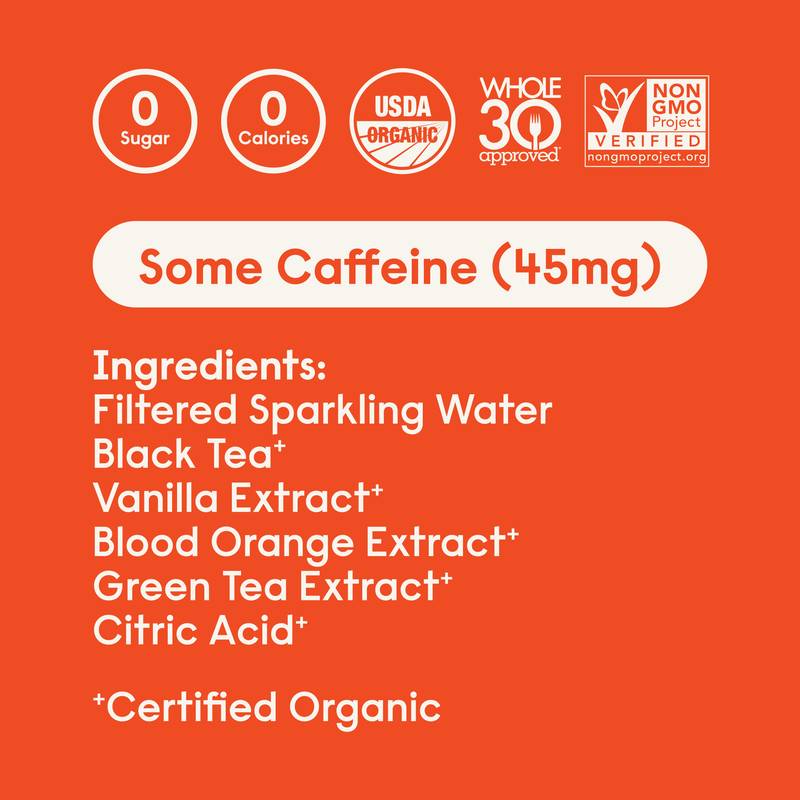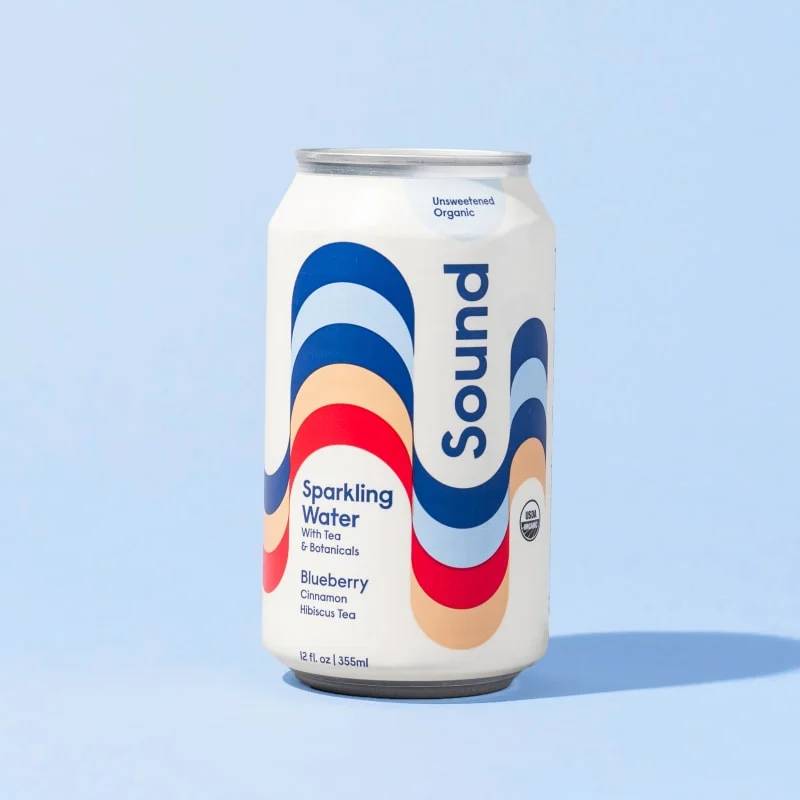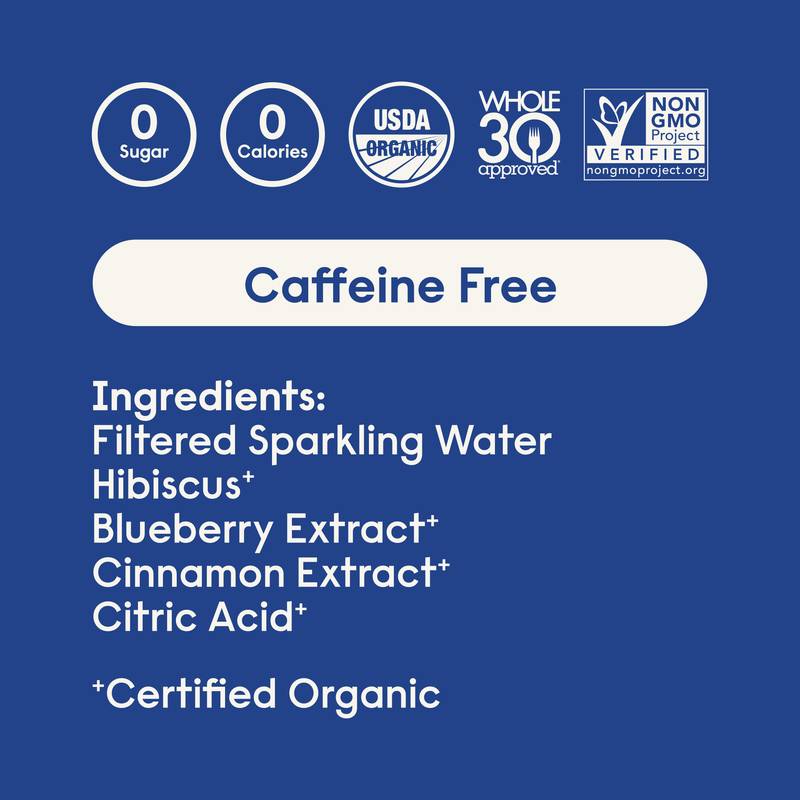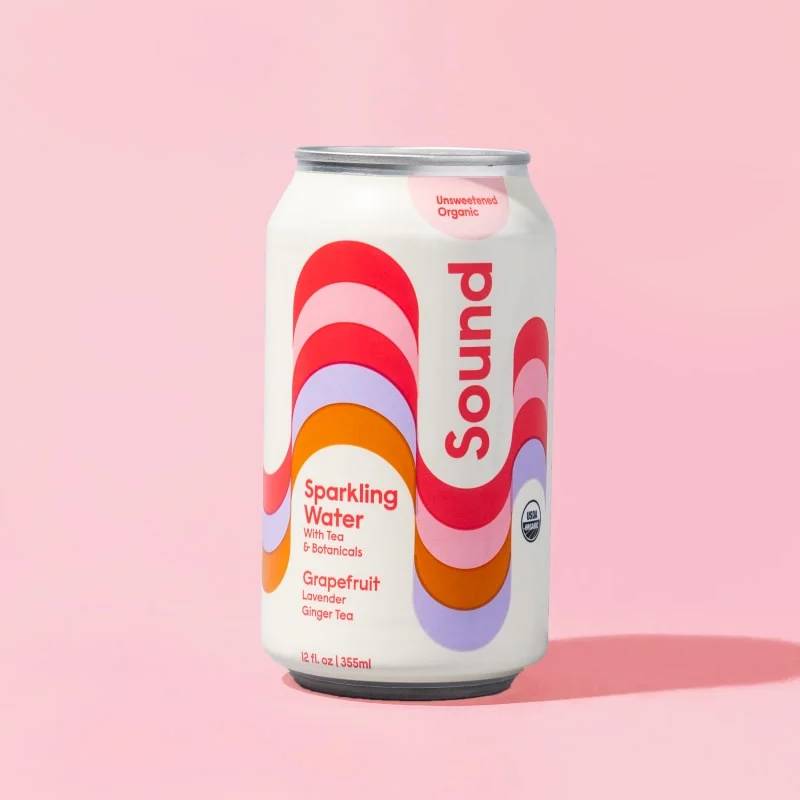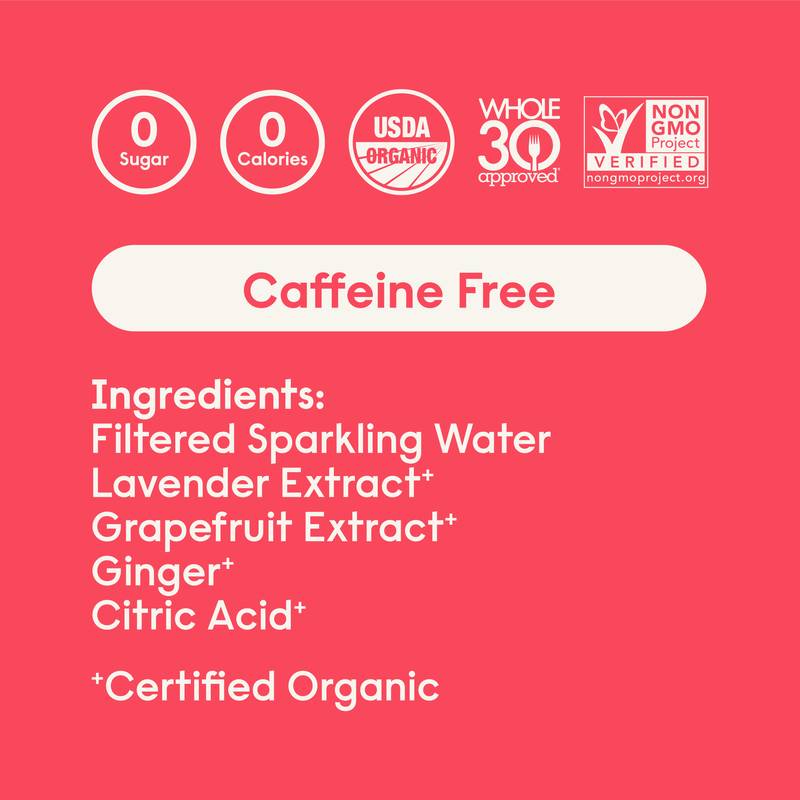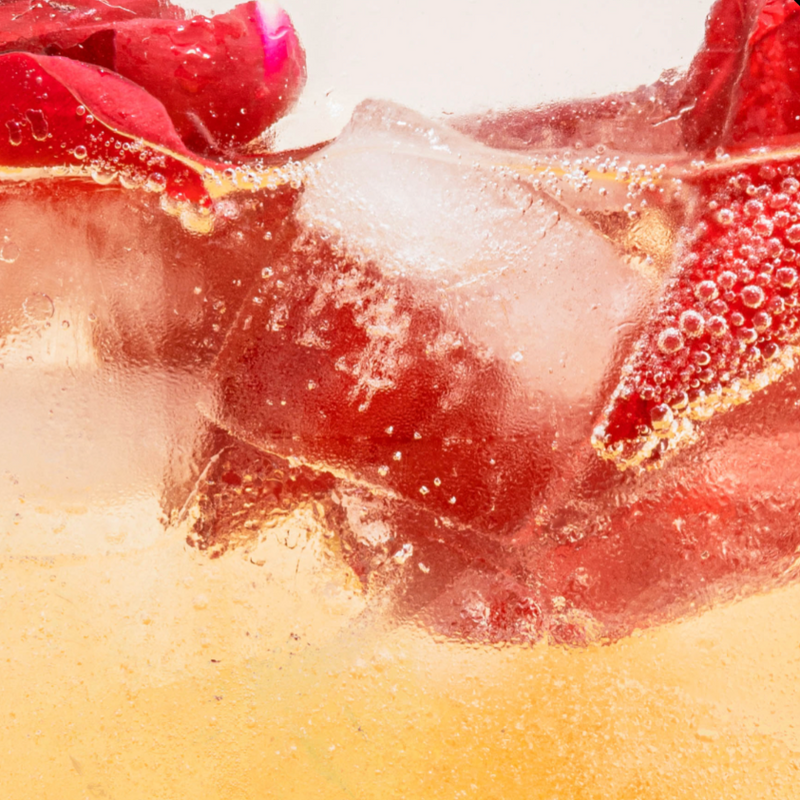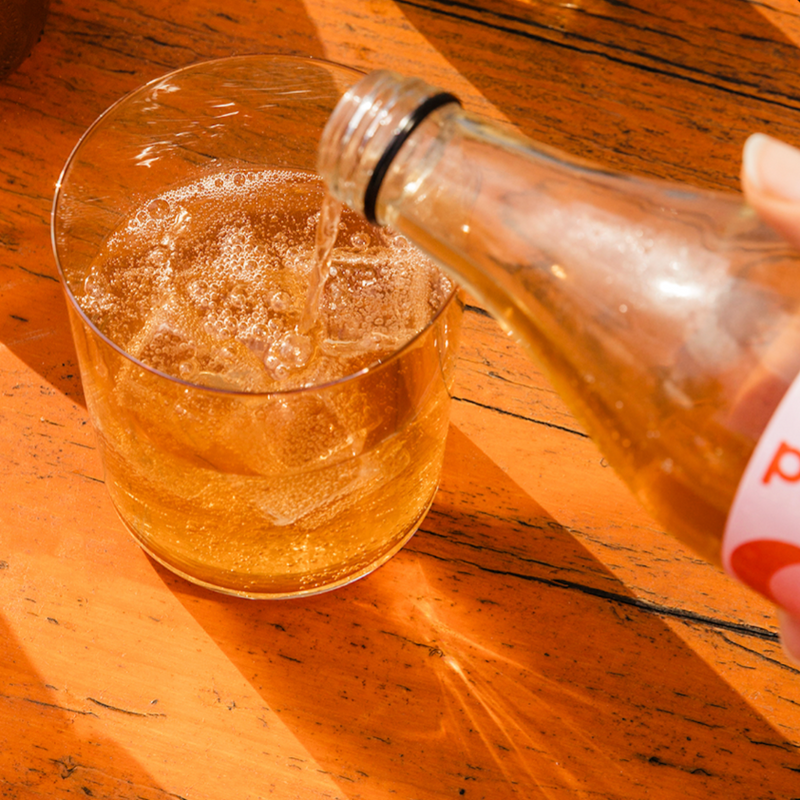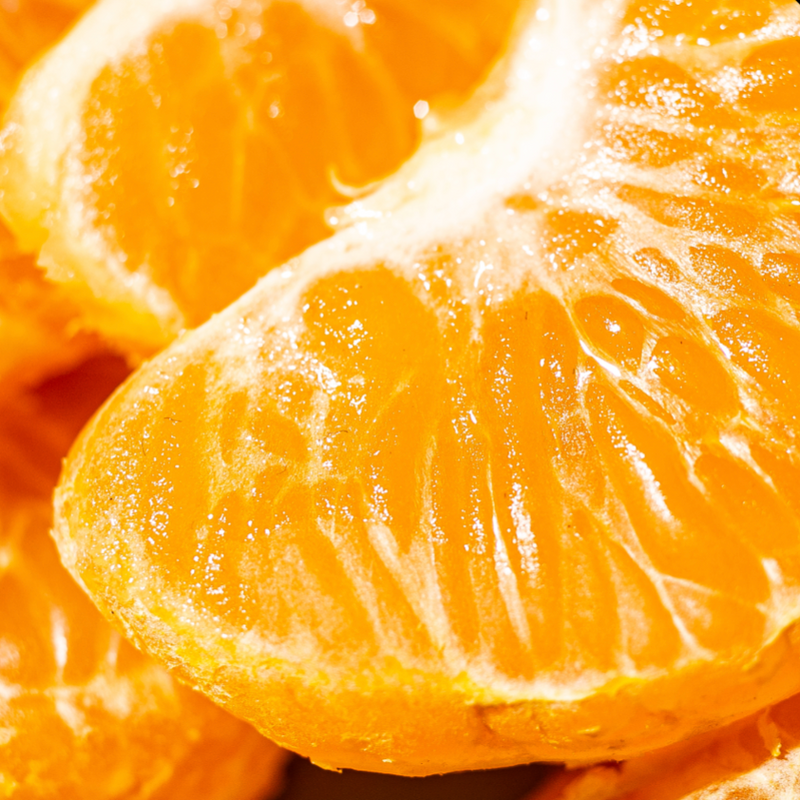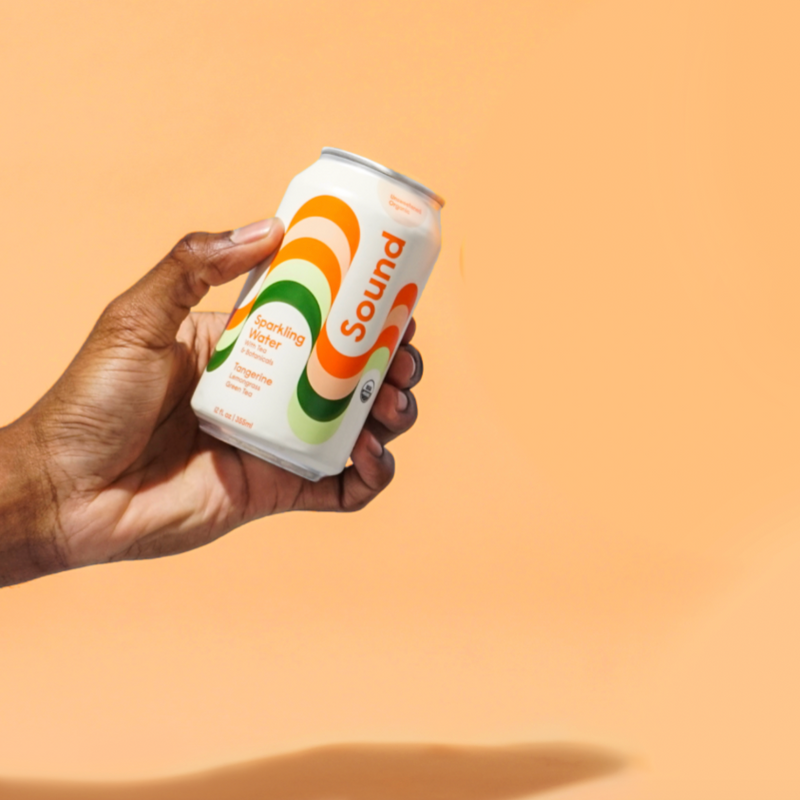The focus of Whole30 nutrition is to eat whole, real foods. The purpose of Whole30 is to remove foods that can be inflammatory for 30 days and then to reintroduce them systematically to see which are your specific foods to avoid. There are a number of foods that are on their “do not eat” list and this is because of the feeling that they can not only cause intense cravings, but also lead to some not-so-fun side effects (think poor sleep, digestive issues, allergies, or headaches) for some people. As you begin to reintroduce foods to your diet, you could find that some make you have migraines, others fatigue or irritability, while others may lead to some some unappealing GI shifts (i.e., constipation, diarrhea or bloating). Those are the foods you would then aim to remove long term, or at least limit. The reintroduction phase is a huge part of the process that people often leave out, and in my opinion, unfortunately prevents achieving those long-term amazing benefits the program can provide.
If you’re starting or considering a Whole30, I would say to focus on all of the many, many foods that you can have during this time. When we over-focus on foods that are on the “avoid” list, it can lead to issues, including binging. Or we just get frustrated and give up.
So give me the deets: what is incorporated in Whole30 & what should I avoid?
According to the Whole30 site, here are the do’s & don’ts:
Enjoy animal proteins (i.e., meat, fish, eggs), fruits & veggies, good-for-you fats (like extra virgin olive oil, avocados & coconut oil), and spices like garlic, rosemary, oregano, salt & pepper. Pre-made sauces are often loaded with funky ingredients, but Whole30 provides a list of delicious and approved options! In general, the focus is on eating whole, real foods.
Avoid
-
Added sugar, and that includes artificial or natural sweeteners (including stevia & monk fruit)
-
Alcohol
-
Grains: this would include, of course, basic wheat bread and cereal, but also quinoa, rice, and oats. Corn is also included as a no-go in this category.
-
Legumes, which not only means beans but also peanuts (they’re actually a legume, not a nut!). Soy is not OK on Whole30 (coconut aminos are often used as a soy sauce alternative here, which is cool on Whole30). Green beans & a majority of peas are OK, as per the program.
-
Dairy, with the exception of ghee. Cow’s milk products (i.e., conventional yogurt, milk and ice cream) are off the table, as well as sheep’s and goat’s milk versions of these foods.
-
Carageenan, MSG or sulfites. Check your labels for these inflammatory ingredients!
Another important point that Whole30 makes is that you don’t want to just replace your “unhealthy” foods with “healthy versions”. On their site, they use the example of: “a pancake is still a pancake, even if it’s made with coconut flour.” The community also encourages members not to weigh themselves or take bodily measurements during the 30 days, as the goal is to create change that is beyond physical.
This incredible recipe for Matcha Crusted Chicken Thighs was created by Erin Messmer at Model Meals, and incorporates both SOUND as well as matcha from our friends at Jade Leaf Matcha! Both Model Meals & Jade Leaf Matcha are also Whole30 approved! Erin has created a recipe that’s sure to spice up your go-to at home meals but still feel approachable and of course, 100% Whole30 compliant ✔️✔️✔️

Ingredients:
-
1 can Sound Tangerine + Lemongrass with Green Tea (room temperature)
-
2 lbs boneless/skinless chicken thighs
-
1/2 cup almond flour
-
1/4 cup coconut flour
-
1 tbsp tapioca flour
-
1 tbsp baking powder
-
1 tsp salt
-
1 tsp paprika
-
1 tsp pepper
-
1 tsp garlic powder
-
1 tsp or approximately 2 individual Jade Leaf Matcha packets, sifted in
-
1 egg
-
Zest of one small mandarin or tangerine
-
1/4 cup nut milk
How to:
-
Marinate chicken thighs in one can of SOUND Tangerine + Lemongrass with Green tea for 20 min
-
Preheat oven to 425. Line a baking sheet with aluminum foil and insert baking rack. This will help keep the chicken crispy.
-
Mix all dry ingredients and sift in matcha.
-
Beat together egg, but milk, and zest.
-
Remove chicken from Sound marinade and pat dry.
-
Dip in egg wash, then dredge in coating until covered.
-
Put on cooking rack and bake for 20-25 minutes or until an internal temp of 165 is reached.
-
Serve with aioli and your favorite Whole30 sides, or over a bed of greens for a next-level salad.

Bloody Matcha Spritzer!
This deliciousness was created by our friend Jules Reyes at Jade Leaf Matcha. She combined our Blood Orange + Vanilla with Black Tea with JLM’s Barista Blend. See below for all the deets!
Ingredients
Makes 2 mocktails
-
2 tsp Barista Edition matcha
-
4 oz water
-
1 can Sound Blood Orange & Vanilla with Black Tea
-
6-8 drops Citrus Bitters (used Dram Apothecary)
-
Blood Orange Slices (for garnish)
-
Rosemary (for garnish)
-
Ice
How to:
Add Sound Blood Orange & Vanilla Sparkling Black Tea and bitters into a stirring glass filled with ice. Stir until chilled. Strain into 2 glasses filled with ice.
Make your matcha shot! Place water and Barista Edition matcha into a small mason jar. Shake until frothy.
Top off your mocktail with your matcha shots.
Garnish with slices of blood orange and rosemary.
Stir, sip, and enjoy!
*We’ve got more zero proof cocktail recipes here!
See below for Whole30 Compliant Recipes that were created in the Sound kitchen, with other approved brands!

BBQ Chicken Thighs
BBQ Chicken Thighs: Coat chicken thighs (skin on!) with The New Primal BBQ Sauce. Bake for 35-40 minutes at 425, until done.
Carrot Fries: Preheat oven to 425. Cut carrots into thin sticks and coat with Fourth & Heart Original Ghee, coarse salt, pepper & paprika. Cook for about 20 minutes, until pieces are a bit charred. Flip a few times while cooking.
Broccoli: Roughly chop and steam (~6-7 minutes). Coat with extra virgin olive oil and top with coarse salt.

Salad + Skewers!
Skewers: Marinate sirloin steak in Primal Kitchen No Soy Teriyaki (or their Steak Sauce!) for a few hours.
When just about ready to cook, preheat oven to 375. Then, cut the steak into ~1.5 inch pieces. Cut bell peppers into similar size pieces as well. Thread them onto the skewers (we didn’t use wooden skewers, but have read it’s important to soak them beforehand if you go that route!) PS - you could do lots of different veggies here instead or in addition if you like, including mushrooms, onion, squash or tomato!
Bake in the oven for about 30 minutes or until your desired doneness, turning the skewers every 10 minutes or so. If you have a grill, that’s another option too!
Salad: Whatever greens you like! We love Organic Girl mixed greens & butter lettuce in our house. Add a farm fresh heirloom tomato and some avocado, extra virgin olive oil, red wine vinegar, coarse salt, pepper & oregano. And you’re good to go! Any other Whole30 compliant toppings welcome!

Egg Muffins: the easiest grab & go breakfast!
Preheat oven to 350. Coat your muffin tin with either Fourth & Heart Ghee or Vital Farms butter.
In a large bowl, mix 12 large eggs (we love Vital Farms & Handsome Brook pasture-raised varieties). Add this mix into each muffin tin, filling halfway. Chop up whatever veggies you like and add them into the tin — here we did spinach, onion and tomato. Bake for about 20 minutes, or until done. Enjoy!!

